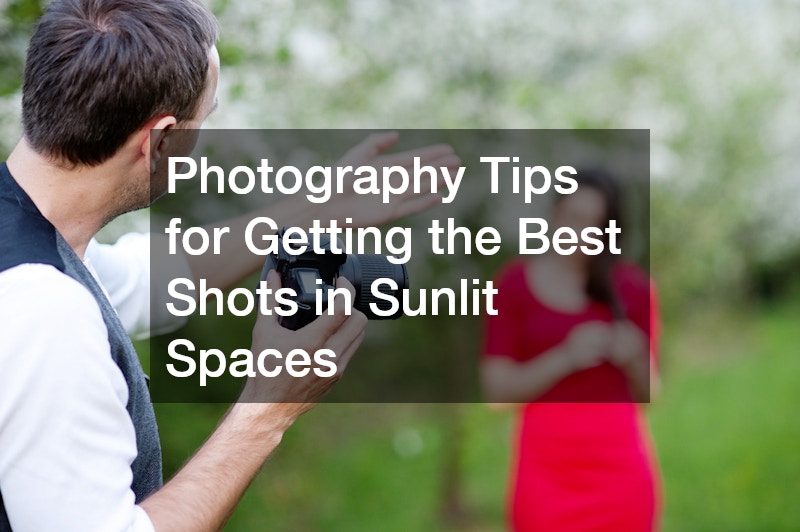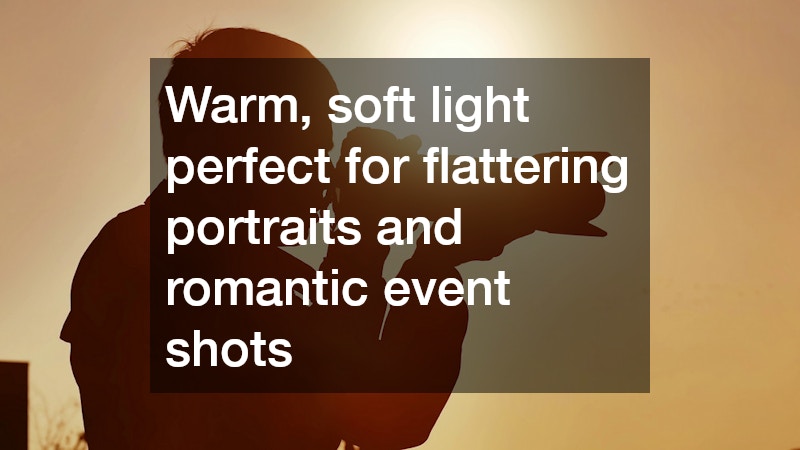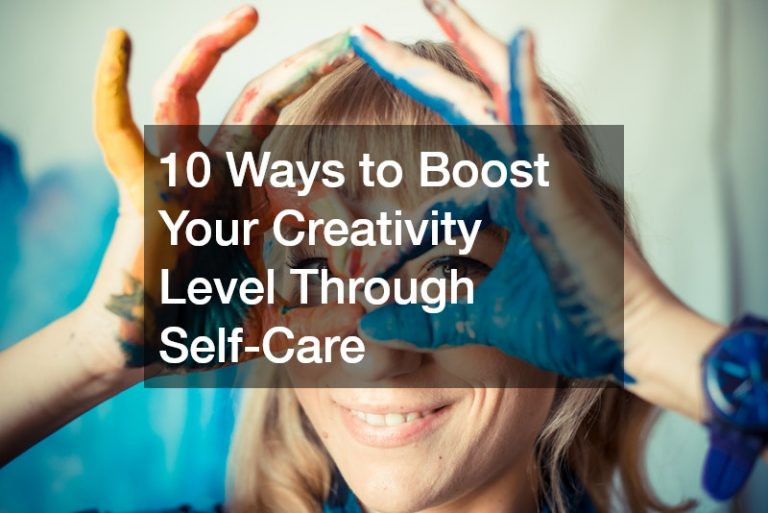Highlights:
-
Study the event venue with natural light in advance to understand sunlight patterns and prepare for changing conditions.
-
Use camera settings wisely—low ISO, appropriate aperture, and RAW format are essential for sunlit photography.
-
Position subjects near windows or use backlighting for flattering and dramatic shots.
-
Bring tools like reflectors, diffusers, and ND filters to control harsh light.
-
Adjust quickly for challenges like glare, mixed lighting, and shifting sunlight.
-
Tailor your approach for weddings, corporate events, and family gatherings in sunlit venues.
-
Refine shots in post-processing by balancing highlights, correcting white balance, and enhancing contrast carefully.

Natural light has long been considered the gold standard in photography. It can transform a scene, soften features, and create a sense of depth and realism that artificial lighting often struggles to replicate. When shooting at an event venue with natural light, photographers have a powerful tool at their disposal—but only if they know how to harness it effectively.
In this guide, we’ll explore proven photography tips for working in sunlit spaces, ensuring you capture the best possible shots. Whether you’re shooting weddings, corporate gatherings, or private celebrations, mastering natural light can elevate your photography from ordinary to extraordinary.
Why Natural Light Matters in Event Photography
When photographing at an event venue with natural light, you gain unique advantages over artificially lit spaces. Natural sunlight changes throughout the day, offering dynamic moods and tones that can enhance your photos. Soft morning rays, warm golden hour glows, or even the stark brightness of midday light can all be used creatively.
Benefits of natural light in venues:
-
Authenticity: Sunlight creates a more natural look, making portraits and candid moments appear genuine.
-
Dynamic range: Natural light often provides a wider tonal range, allowing for detail in both shadows and highlights.
-
Aesthetic appeal: Sunlit venues often feature architectural elements like large windows, skylights, or glass walls that enhance both ambiance and photography.
-
Energy and mood: Bright, airy venues evoke positive emotions, which translates into livelier, more engaging photos.
Preparing for a Shoot in a Sunlit Venue
Preparation is critical before stepping into any event venue with natural light. Each space behaves differently depending on its architecture, orientation, and surrounding environment.
Research and preparation steps:
-
Visit the venue in advance: Check how the sunlight moves across the space at different times of day.
-
Note window placement: Large south-facing windows flood a room with light, while east- or west-facing ones change dramatically depending on the hour.
-
Check for obstructions: Curtains, drapes, and tinted glass can impact how much natural light enters.
-
Review weather forecasts: Cloudy days can soften light beautifully, while bright sunny days might require careful control of harsh shadows.
-
Pack accordingly: Bring reflectors, diffusers, and possibly backup lighting if conditions are unpredictable.
Understanding the Qualities of Sunlight

Not all sunlight is the same. Knowing the difference between types of natural light can guide your approach to capturing the best shots in a sunlit space.
-
Golden Hour (early morning/late afternoon): Warm, soft light perfect for flattering portraits and romantic event shots.
-
Midday Sun: Strong, direct light that can create harsh shadows—challenging but useful for dramatic images if handled carefully.
-
Overcast Light: Diffused and even, minimizing shadows and providing a natural softbox effect.
-
Window Light: Directional and controlled, great for creating depth in indoor event photography.
Camera Settings for Natural Light Photography
Your camera’s settings will determine how well you capture the light available in a sunlit event venue.
Key considerations:
-
ISO: Keep ISO as low as possible (100–400) to reduce noise, as natural light often provides enough brightness.
-
Aperture (f-stop): Wide apertures (f/1.8–f/4) are ideal for portraits, while narrower apertures (f/8–f/11) help keep groups and architecture sharp.
-
Shutter Speed: Adjust based on movement—use faster speeds (1/250s or higher) for active events to avoid motion blur.
-
White Balance: Set to “Daylight” or adjust manually to ensure natural tones, especially in mixed-light venues.
-
RAW format: Always shoot RAW for greater flexibility in post-processing, especially when dealing with shifting sunlight.
Positioning and Composition in Sunlit Spaces
How you position subjects and frame your shots makes all the difference in an event venue with natural light.
Techniques for better composition:
-
Use window light for portraits: Position subjects at an angle to the window for flattering side lighting.
-
Backlighting for drama: Shoot toward the sunlit background for silhouettes or glowing hair highlights.
-
Watch for shadows: Avoid unflattering dark spots across faces by adjusting subject angles.
-
Balance the exposure: Use reflectors to fill in shadows on subjects facing away from strong sunlight.
-
Leverage architectural lines: Doors, windows, and skylights in sunlit venues can add depth and guide viewers’ eyes.
Tools to Enhance Natural Light Photography
Even when relying on natural sunlight, you may need additional tools to control or enhance the quality of light.
Essential tools for sunlit venues:
-
Reflectors: Bounce light back onto subjects, reducing harsh shadows.
-
Diffusers: Soften strong sunlight, especially near large windows or outdoor areas.
-
Neutral Density (ND) filters: Help balance overly bright conditions without changing depth of field.
-
Lens hoods: Prevent lens flare when shooting directly toward windows or sunlit areas.
-
Tripods: Useful in low-light sections of the venue when longer exposures are needed.
Dealing with Common Challenges in Sunlit Event Venues
While natural light is often beautiful, it comes with its own set of obstacles.
Challenges and solutions:
-
Harsh midday light: Use diffusers, shoot in shaded areas, or reposition subjects to avoid squinting.
-
Mixed lighting (sunlight + artificial light): Adjust white balance carefully or block unwanted artificial sources.
-
Unwanted glare: Angle your shots to reduce reflections from mirrors, polished floors, or glass walls.
-
Changing light conditions: Be prepared to adjust settings quickly as clouds move or as the day progresses.
Tips for Different Event Types in Sunlit Venues
Not all events are the same. Tailor your approach depending on the type of gathering being photographed.
Weddings in sunlit spaces:
-
Capture the couple near large windows or in open courtyards during golden hour.
-
Use backlighting for romantic, glowing portraits.
-
Watch out for guests squinting in outdoor ceremonies—choose shaded angles when possible.
Corporate events with natural light:
-
Position speakers and presenters against bright windows for engaging visuals.
-
Use natural light to highlight product displays or branding elements.
-
Avoid deep shadows on attendees by balancing with reflectors.
Family celebrations and parties:
-
Capture candid interactions near windows where light is flattering.
-
Use the dynamic changes of sunlight throughout the day to add variety to the album.
-
For group shots, choose evenly lit spots to avoid uneven shadows across faces.
Post-Processing for Sunlit Photos
Even with careful preparation, editing is essential for refining your shots.
Editing tips for natural light photos:
-
Adjust highlights and shadows: Balance exposure for a natural look.
-
Correct white balance: Ensure skin tones appear true-to-life.
-
Use selective adjustments: Brighten faces without blowing out background light.
-
Enhance contrast carefully: Avoid making sunlit areas look overly harsh.
-
Add warmth when needed: Especially for golden hour shots that may appear cooler in RAW format.
Practical Checklist for Shooting in an Event Venue with Natural Light
To make things easier on shoot day, keep a clear checklist on hand.
Quick checklist:
-
Visit the venue beforehand to study sunlight patterns.
-
Bring reflectors, diffusers, and ND filters.
-
Test camera settings for different lighting zones.
-
Identify best portrait spots near windows or shaded areas.
-
Stay adaptable—sunlight shifts quickly, so be ready to adjust.
In a Nutshell
An event venue with natural light offers an incredible opportunity to capture stunning, authentic images. The key lies in preparation, technical skill, and creative vision. By understanding how sunlight behaves, using the right camera settings, and applying thoughtful composition, photographers can create memorable images that stand out.
Whether you’re shooting a wedding, corporate event, or private celebration, natural light can be your strongest ally. Embrace its beauty, plan ahead, and use the tips in this guide to make the most of every sunlit space you step into.



